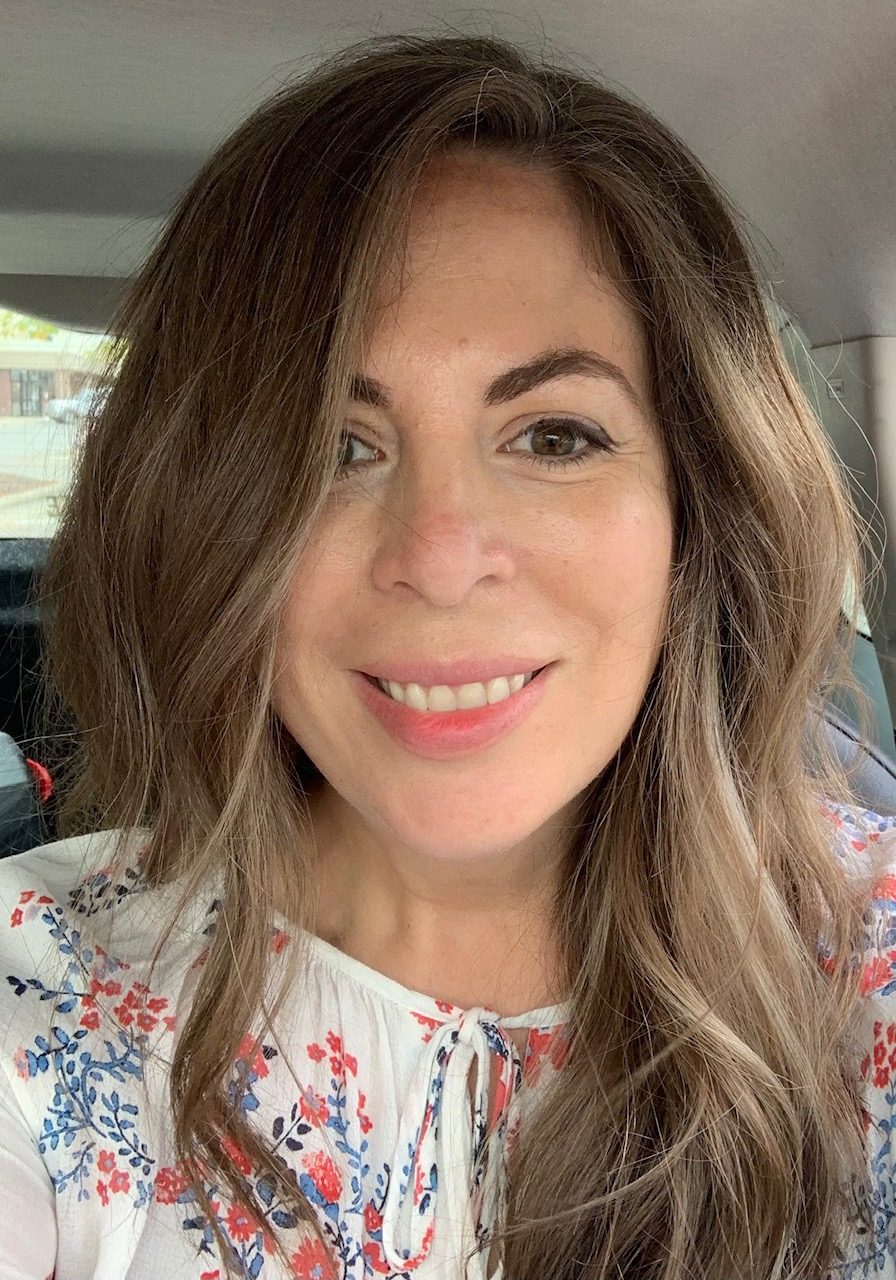“Blood and Agency in Raven Leilani’s LUSTER,” by Candace Walsh (Fiction ’19)
2019 fiction alum Candace Walsh was recently featured in Craft Literary. Read an excerpt of Candace’s essay below:

Blood and Agency in Raven Leilani’s LUSTER
Raven Leilani’s Luster is a craft and theme kaleidoscope, every turned page yielding a new configuration of angles and juxtapositions. What happens in this novel—twenty-three year old Edie, a Black woman artist manquée working slackly in low-level publishing, meets art conservator Eric, a middle-aged married white man from Milwaukee, who is in a newly open marriage; this leads to an enduring collision between Edie, Eric’s staggeringly competent coroner wife (also white) Rebecca, and their adopted Black tween daughter, Akila—is certainly compelling, but the plot is spun within a holographic and deeply palpable complexity of craft.
The phrase craft kaleidoscope refers not just to aesthetic pleasure for the reader, but to the novel’s interrelatedness of elements: how they work together to set the story in its societal, intersectional moment.
Blood runs through these pages, and is also an elemental commonality of the human condition. Leilani’s repeated motif/extended metaphor of blood is also an insistence of the bodily sovereignty and integrity of African Americans, who are surrounded by a culture that refuses to acknowledge and effectively dismantle systemic racism. Black people die every day from structural racism as carried out by police who mistake shower heads for guns and health practitioners who minimize and dismiss Black people’s symptoms. Racism suppresses Black people’s opportunities to succeed in realms of education, the workplace, media representation, and housing, to name a few.
I could have written about the use of vocation as a tool for characterization and character arc, because Luster is a novel about first-person narrator Edie’s struggle to come into herself as an artist, in a world with a dearth of Black women artists; or about the ways she interrogates being mothered and mothering inside but mostly outside of biological connections, because Luster interrogates mothering (and to a lesser degree, fathering) through various lenses as a verb. I could have focused on the novel’s intersections of sex, violence, consent, and race as a twain-fest of both the depiction of the Jungian shadow of characters and society, and an obdurate middle finger to respectability politics; or about Edie’s enduring difficulty with straightforwardly seeing herself in reflective surfaces as a metaphor for the ways people are seen or unseen in society based on levels of privilege, and the way humans internalize that. I could have analyzed the way Leilani deploys the run-on sentence as a way to strap the reader into various roller coasters of intensity; transitions between current action and retrospective, gimlet-eyed paeans to Edie’s parents and first lover; or her depictions of women’s bodies gleefully inclusive of bowel disorders, rabid horniness, miscarriage, bad breath, and tauntingly unsating masturbation.
This turning of Luster’s various facets to the light reveals the novel as a rare Hope Diamond–level thing, wrought of the earth’s pressures, cut and polished with precision, talent, and confident, merciless aplomb. And it’s most definitely a blood diamond. Not because Leilani produced it immorally, but because the immorality is not optional. It is inextricable from the world her characters are born into, our world, latticed with systems that cosset white people and torture and kill people of color.
And still, we humans love, desire, ache, and bleed across the lines that seek to pen us apart.
Read this piece in its entirety here: https://www.craftliterary.com/2021/01/26/blood-agency-luster-candace-walsh/



